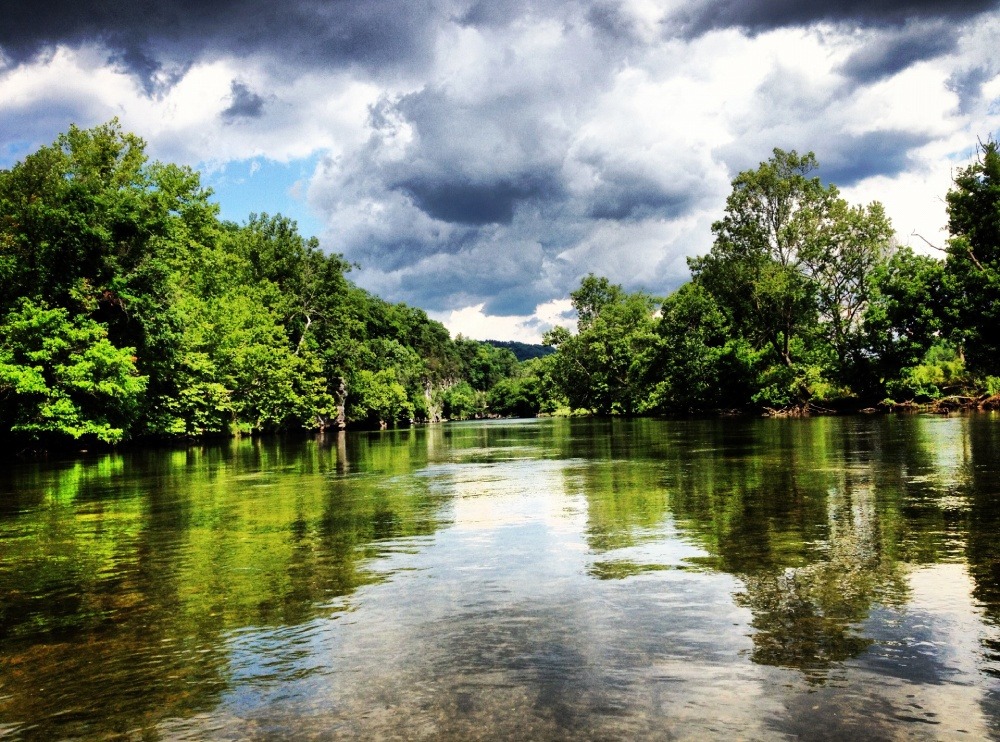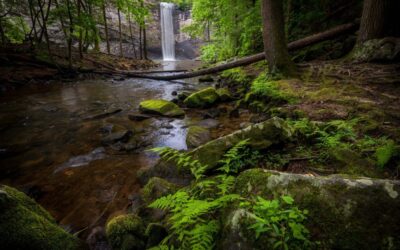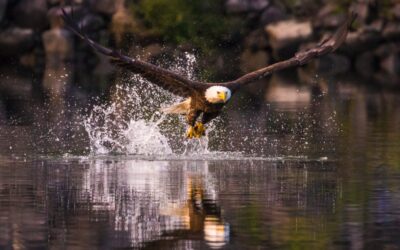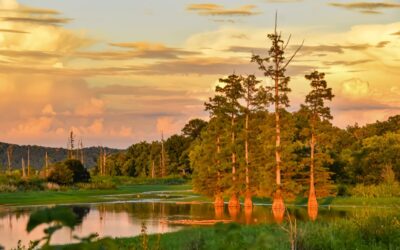Water is one of Tennessee’s greatest natural resources. More than 60,000 miles of streams and rivers flow across the state, providing habitat for fish and wildlife—including hundreds of species that are endangered or at risk of becoming endangered—fresh water for Tennessee communities, and numerous recreation opportunities.
Rivers Connect Us All
The largest and most well-known rivers in Tennessee are the Mississippi and Tennessee Rivers. Because these rivers span several states, conservation efforts in each state greatly impact the overall health of the rivers. They are also widely connect to smaller rivers throughout Tennessee.
Conserving all of Tennessee’s water resources, no matter how large, is important for managing the health of these major waterway ecosystems and maintaining the unique qualities of Tennessee’s abundant freshwater resources.
Harpeth River (125 miles)
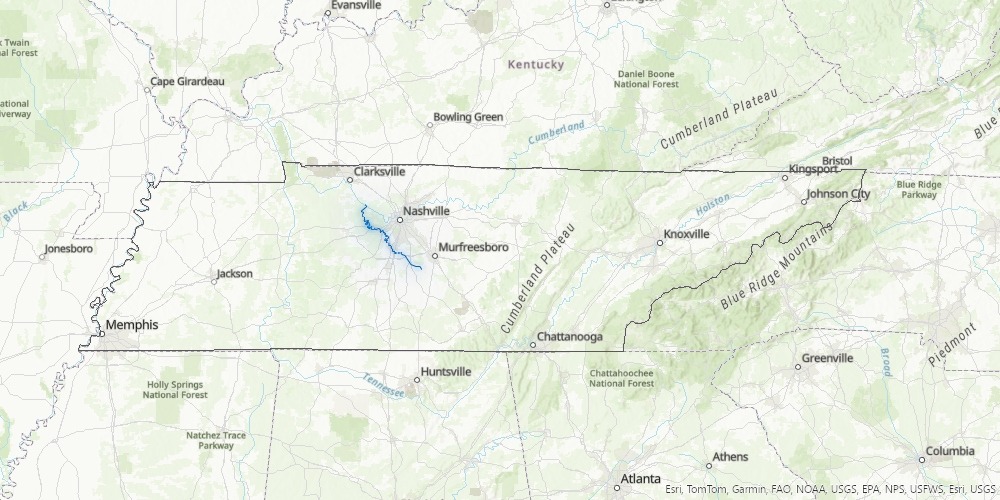
The Harpeth River is a prime spot for aquatic wildlife diversity. It has more than 80 species of fish and 30 species of mussels, many of which are listed in need of management. It is known for quality smallmouth bass and other game fish, and is also one of few remaining spots for multiple endangered darter species. The river is a primary water source for the City of Franklin. Several protected land areas are located within the Harpeth River Watershed, including three state parks (Harpeth River, Radnor Lake, and Montgomery Bell). A portion of the Harpeth River in Nashville has been designated as a State Scenic River.
Caney Fork River (143 miles)
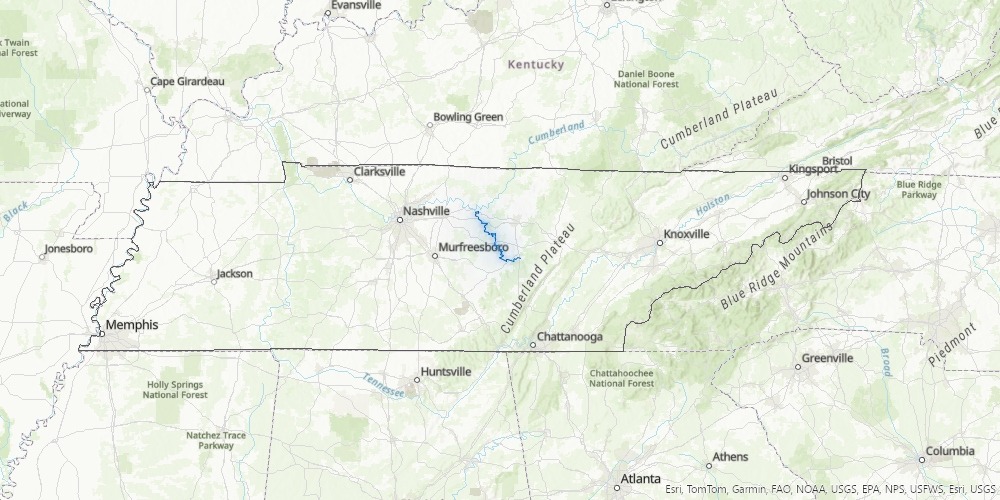
One of the most popular rivers in the state for both paddling and trout fishing is the Caney Fork River, which flows through two major hydroelectric dams (Center Hill Dam and Great Falls Dam). The Caney Fork River Watershed is home to more than 70 rare plant and animal species, including four rare fish species and seven rare mussels. Four state parks (Edgar Evins, Burgess Falls, Rock Island, and Fall Creek Falls) and several state natural areas and other protected lands are located within the watershed.
French Broad River (219 miles)
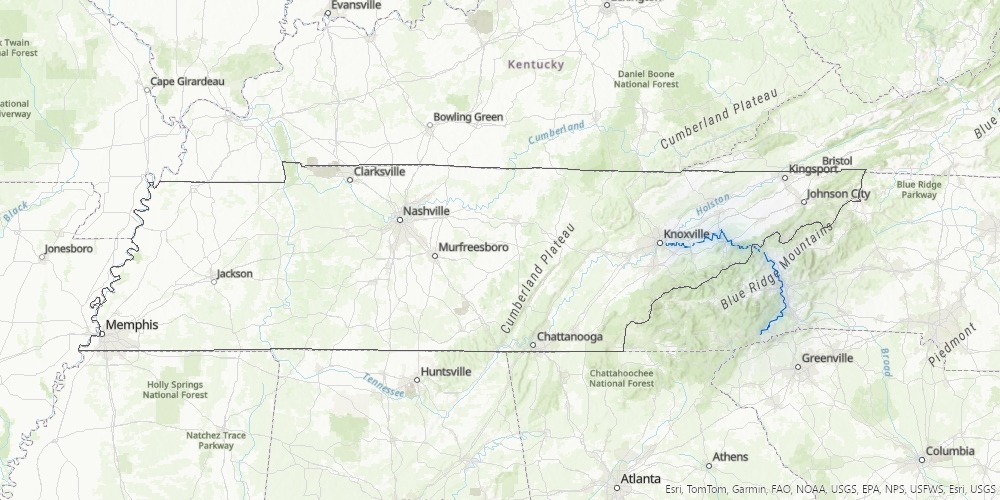
The French Broad River is one of the oldest rivers in the world. It begins in North Carolina before flowing 102 miles in Tennessee and joining with the Holston River to form the origin of the Tennessee River. The flatwaters of the river are frequented by paddlers, and many points along the river are hotspots for wildlife diversity (such as Seven Islands State Birding Park). Douglas Lake, formed by a hydroelectric dam on the French Broad River, is one of the best sport fishing lakes in the state.
Hatchie River (238 miles)
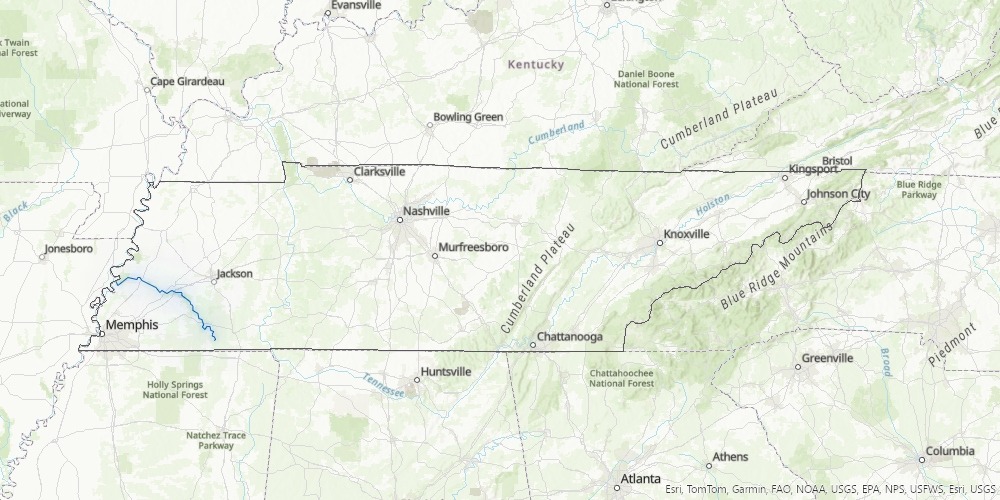
Making up the largest forested floodplain in Tennessee, the Hatchie River is the only Tennessee river designated as a State Scenic River in its entirety. It is the largest unchannelized tributary of the Mississippi River, which has kept natural flood prevention processes intact and maintained the scenic historical ecosystems of the region. The Hatchie River is home to 35 species of mussels and 100 species of fish, including more species of catfish (11) than most North American rivers.
Duck River (284 miles)
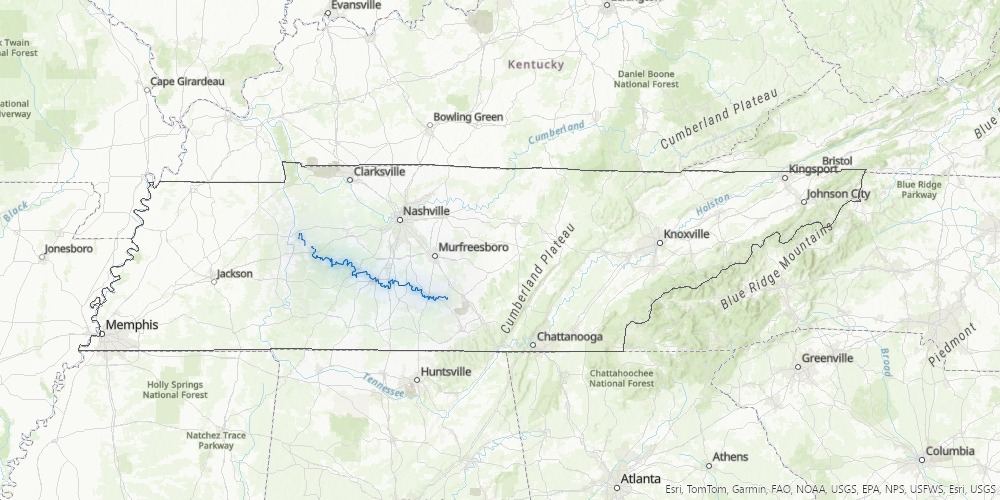
The Duck River is the longest river entirely within Tennessee and is the most biologically diverse river in North America. It holds 151 species of fish and more than 50 species of mussels, making it one of three global hotspots for fish and mussel diversity. An estimated 150,000 anglers, paddlers, and boaters recreate on the Duck River each year. It is also the sole water source for 250,000 Tennesseans and growing industries in the region. The Duck River was named one of America’s Most Endangered Rivers earlier this year.
Tennessee River (652 miles)
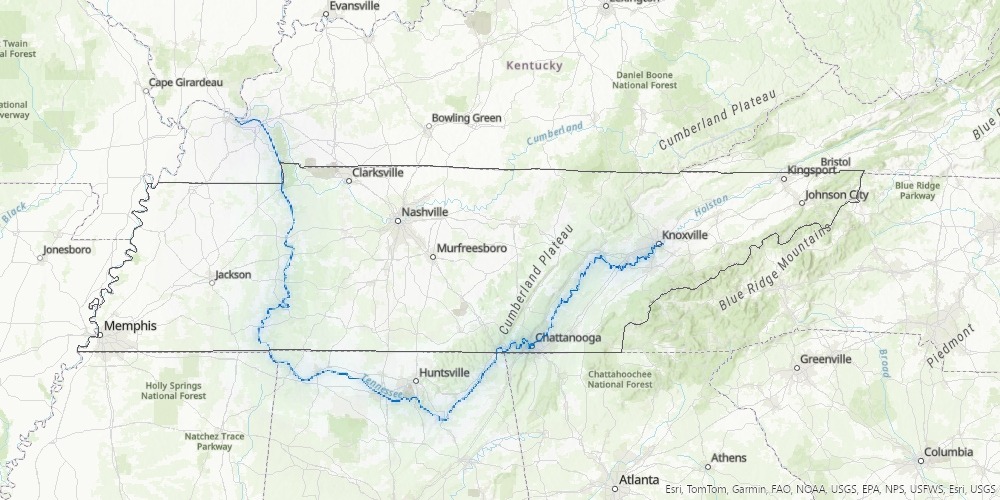
Beginning near Knoxville, the Tennessee River flows through five states and is the largest tributary of the Ohio River. The Tennessee River System is home to 230 species of fish and 100 species of mussels. It is the most important source of commercial mussels in the world. The river is also widely used for outdoor recreation, generating millions of dollars in economic value to be put back into conserving water resources. The Tennessee River and its tributaries are managed via dams by the Tennessee Valley Authority, which reduce flooding during heavy rains, provide electricity for 10 million people, and supply water to more than 5 million people.
Mississippi River (2,340 miles)
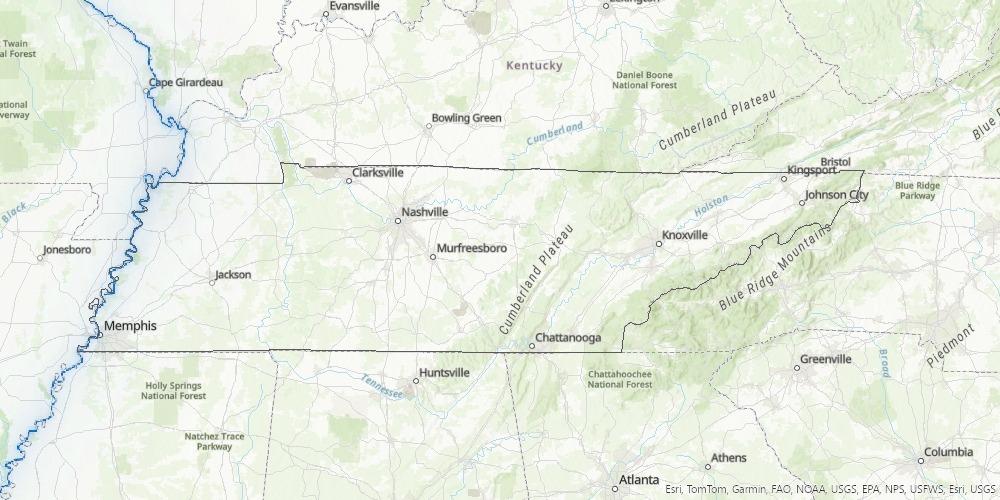
Flowing through 10 different states, the Mississippi River is the second longest river in North America. It is one of the most important commercial waterways in the country, and it is also a primary migration corridor for a diversity of wildlife—around 60% of North American migratory birds migrate through the Mississippi Flyway. Reelfoot Lake, a premier waterfowl breeding site in northwest Tennessee, was formed directly from the Mississippi River as a result of earthquakes in the early 1800s. It is the largest natural lake in the state.
Featured photo by Grant Honeycutt

